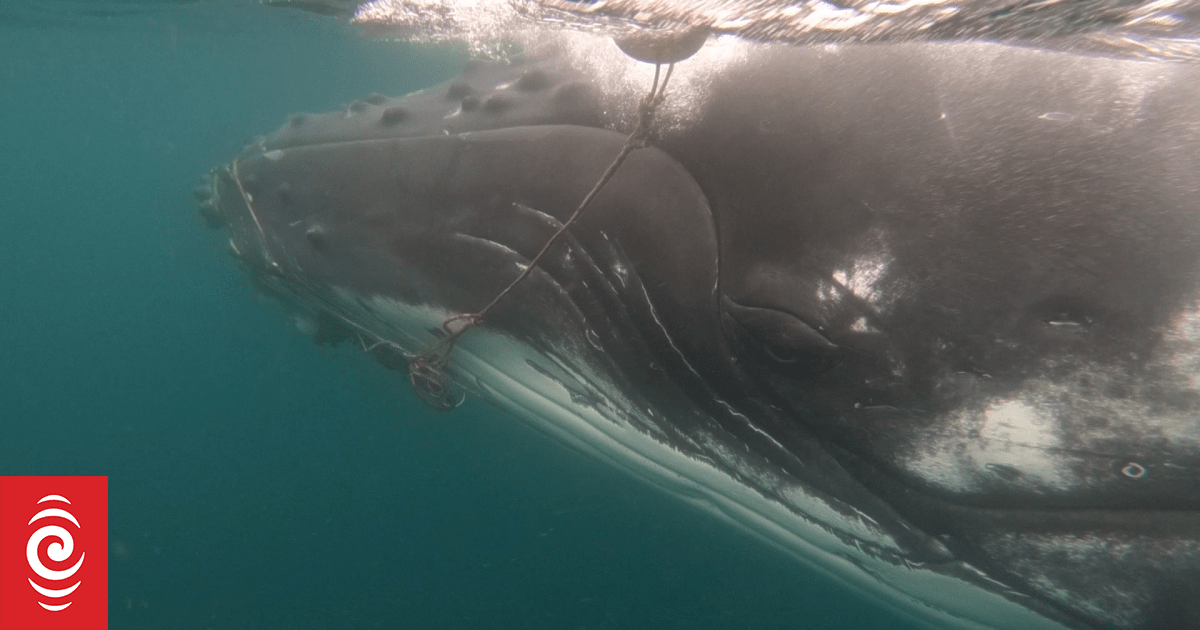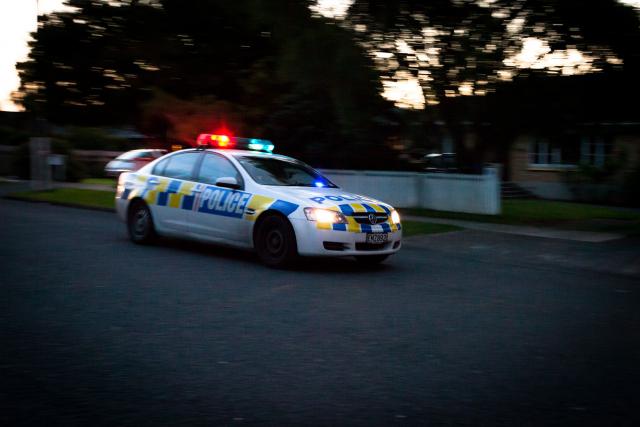The release of the juvenile grey-headed mollymawk was delayed due to bad weather, and then poor health, says Robert Webb (pictured). Photo / Tania Whyte
Public Interest Journalism funded through NZ On Air
A rare grey mollymawk feasted on a final evening meal of prawns and fish before dying suddenly the next morning.
The bird, also known as a grey-headed albatross, had been handed into the Whangārei Native Bird Recovery Centre last Monday after it was found on Waipū Beach, near the Waipū River mouth.
The bird had tried to eat a balloon, and washed ashore, tangled in fishing line.
Advertisement
Named Molly, it collapsed and died on Wednesday at about midday.
“We think it might’ve had a heart attack for it to go that quick,” centre founder Robert Webb said.
Webb is surprised by Molly’s passing as it had been eating well and its droppings were normal.
It was the first time the centre has had a live mollymawk under its care within its 35 years.
Advertisement
This is the centre’s second loss this week after a kukupa – a native wood pigeon – was brought into the centre.
The kukupa looked fine at first but was unable to flap its wings.
“An hour later, a vet was checking it with me and we noticed a bit of blood on its chest and all of a sudden it took a big gasp and died,” said Webb.
Upon further investigation, they discovered the bid had been shot and the bullet had gone through its chest and out between its wings.
Molly was to be released on Sunday but was unable to be set free due to rough weather.
Webb had planned to take out a boat to release the bird at sea as the grey-headed mollymawk only takes off from the water, as its wingspan is too large for it to become airborne from land.
Before Molly’s death, Webb had concerns about the bird but was unable to tell whether it had swallowed bits of the balloon. X-ray scans are unable to differentiate plastic from food.
/cloudfront-ap-southeast-2.images.arcpublishing.com/nzme/AR7M4PQOK5GC3IXCPUBVK64HIU.JPG)
As mollymawks are seabirds, salt water is essential in their diet, and this had been another concern for Webb.
However, Molly had seemed fine.
“The night before it was out on the deck, it had a big feed of fish and prawns with no problem whatsoever and then all of a sudden bang, crash, wallop,” Webb said, recalling Molly’s last supper.
Advertisement
The bird has been referred to the Department of Conservation’s Whangārei office for an autopsy. Although named Molly, an autopsy would also identify the bird’s gender.
Meanwhile, Webb says a report about the kukupa’s death has been submitted to DoC.
Under the Wildlife Act 1953, most native New Zealand birds are protected by law, and may not be hunted, killed, eaten or possessed.
Violations can result in fines of up to $100,000.



